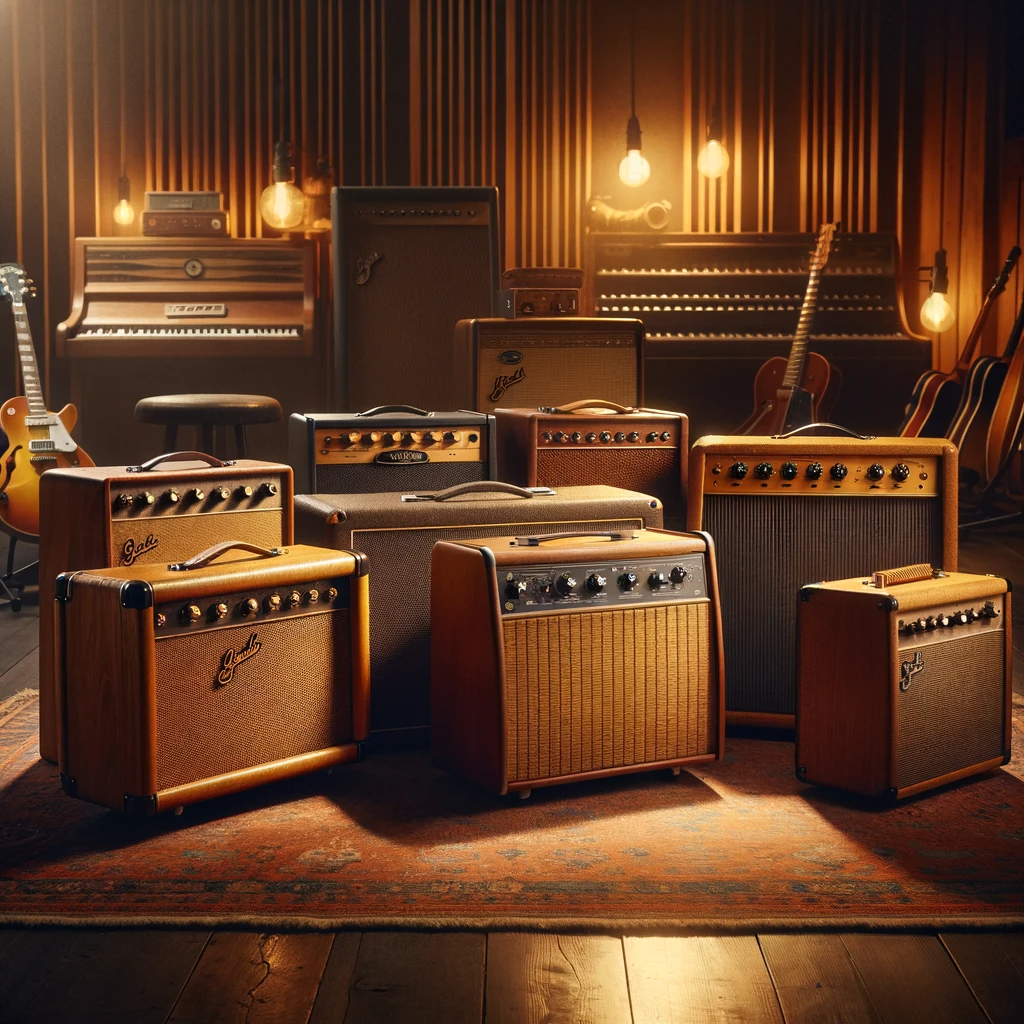The art of recording guitars has witnessed a remarkable evolution over the years, adapting to technological advancements and changing musical styles.
In the early days of recording, guitarists were limited by the technology available, often recording directly in front of a microphone placed near their amplifiers directly to analog tape.
This technique, while simple, offered limited control over the final sound. However the advent of digital recording technologies brought about a revolution in how guitars are recorded and processed, leading to techniques like reamping, which have become staples in modern recording studios.
The Basics of Reamping
Reamping is a two-stage process. It starts with the direct recording of a clean guitar signal (usually through a DI) into a digital audio workstation (DAW). This clean signal, devoid of any coloration from amplifiers or effects, offers a blank canvas for sound engineers and producers.
1. Direct Recording
In the first stage, the electric guitar is connected to an audio interface, recording the pure, unprocessed sound of the instrument. This method ensures that the signal is as clean and versatile as possible, providing a raw track that can be shaped in numerous ways during the reamping stage.
2. Pre-Reamping Editing
With the guitar track recorded, the editing process begins. This can include timing corrections, dynamic adjustments, or even the application of subtle digital effects. The goal here is to fine-tune the performance, ensuring that the signal sent for reamping is precisely as intended. This pre-reamping editing is a crucial step that blends the guitarist’s performance with the precision of digital processing.
3. Reamping Process
Once editing is complete, the track is played back through a reamping box, which sends the signal to a guitar amplifier. This is where the magic happens: the clean, edited guitar track is imbued with the character and tone of the chosen amplifier and even an array of pedals. Engineers can experiment with different amps, settings, and microphone placements, capturing the perfect tone for the track.
4. Final Recording and Mixing
The sound from the amplifier is recorded, providing the final guitar tone for the mix. This tone carries the nuances of the amplifier and the room, blended with the precision of the initial digital recording.
The digital revolution in audio recording has been a game-changer for guitarists and producers. It has not only made processes like reamping possible but also affordable and accessible.
Digital recording allows for endless experimentation without the constraints of traditional tape-based recording. Musicians can try different amp settings, effects, and microphone placements with ease, finding the perfect sound for each track.
Reamping has bridged the gap between the digital and analog worlds, bringing together the best of both. It offers unprecedented control over guitar tone, allowing for a level of precision and creativity that was unimaginable in the early days of recording.
As recording technology continues to evolve, techniques like reamping will undoubtedly continue to shape the sound of guitar music for years to come.
